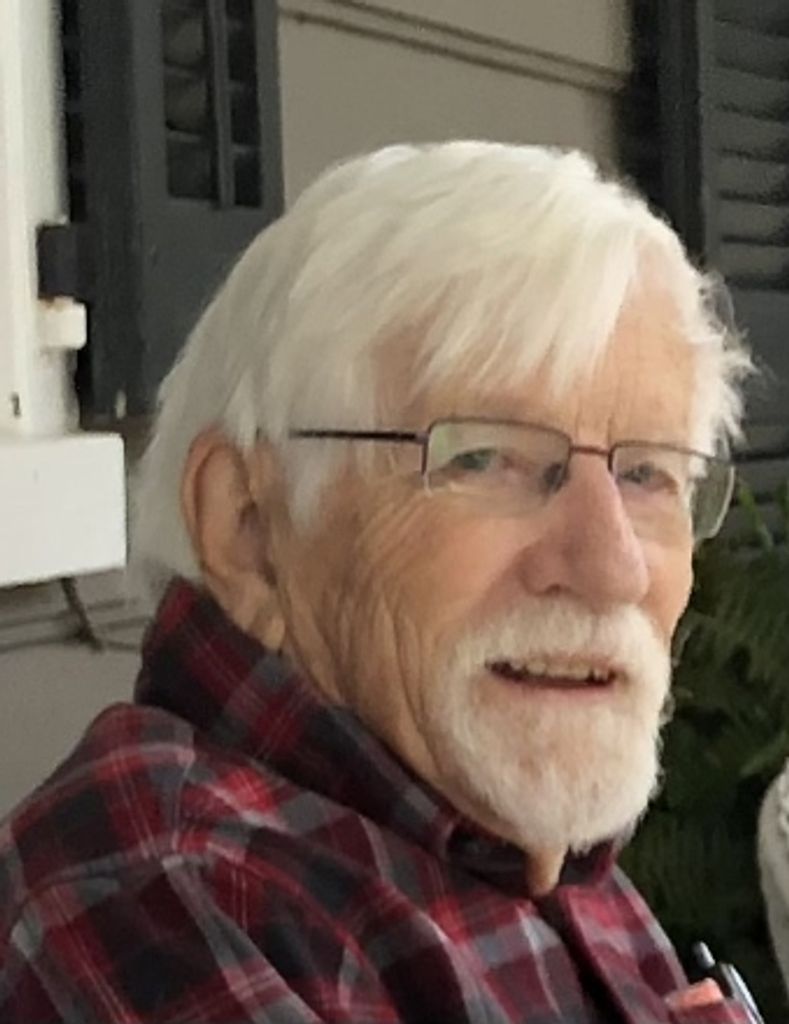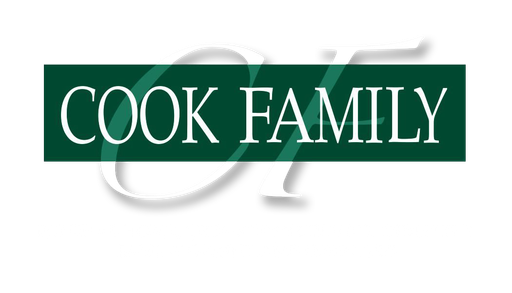

Stanley Bartlett Curtis
February 16, 1932 — February 19, 2024
Stan Curtis passed away peacefully in mid-February, at home on Bainbridge Island, Washington, in the loving company of family and friends.
Stan embodied a rare combination of characteristics. He was remarkably strong in body and intellect, yet he was unfailingly kind and humble. He was steadfast and resilient, but a man of uncommon grace and compassion. Stan was an expert listener who could distill the complex into the essential.
Stan was born in 1932, the only child of two mathematicians. He grew up north of Chicago on the Lake Forest College campus, graduated from Lake Forest Academy, and obtained a bachelor’s degree in physics at Carleton College in Northfield, Minnesota. Steeped in science, Stan was a staunch supporter of a liberal arts education, and felt his time at Carleton was foundational to his life's path.
Love of the mountains beckoned Stan west, and in 1954 he began his studies towards a PhD in physics at the University of Washington under Seth Neddermeyer, a Manhattan Project veteran and co-discoverer of the muon particle. Stan completed his thesis on heavy-ion cosmic galactic rays using the Wilson cloud chamber to capture and study particle tracks.
While in Seattle, Stan lived at the legendary Wilburs, where he found house mates with a similar passion for the mountains. Stan became an active member of The Mountaineers as he began his climbing career in the Cascades with young men who would become lifelong friends.
Stan was awarded his PhD in 1962, while living on Bainbridge Island. After brief stints at Lockheed and Boeing, he was invited to spend a year at the Lawrence Berkeley National Laboratory. He arrived on the UC Berkeley campus in 1965, amid the turbulence of the free speech movement. There he joined a multidisciplinary group of scientists assembled to study the heavy-ion beams being produced at the cyclotron, or particle accelerator. That one-year contract turned into a thirty-year career.
Stan’s research interests led him to collaborative investigations of the biological effects in cells in vitro and mammals in vivo, and of the medical consequences of exposure of cancer patients to each of the several types of high-energy radiations available in Berkeley. His work grew to include the theoretical modeling of DNA damage and repair, culminating in his Lethal Potentially Lethal mathematical model and its application to mixed radiation fields.
Consistent with his adventurous spirit, Stan applied to become a NASA scientist astronaut in the early years of the US space program. He made the first cut, and although not finally selected, he ultimately made significant contributions to the space program through his research.
While at LBL, Stan was named an Eleanor Roosevelt International Cancer Fellow of the American Cancer Society and received support for a year’s sabbatical in the Netherlands. He was later honored as an NIH Senior Fogarty International Fellow for a second sabbatical year in Frankfurt, Germany. During his career, Stan received faculty invitations to teach at institutes in Italy, Greece, and Portugal, and he presented numerous lectures at conferences and universities, both here and abroad. Along the way, Stan recognized the importance of nurturing and encouraging young scientists.
A fortuitous twist of fate brought Stan back to Bainbridge Island in 1994.After retiring from LBL, he launched a second career at the Fred Hutchinson Cancer Research Center in Seattle. He continued his work modeling radiation cancer risk and radiation protection in space for NASA and the National Council of Radiation Protection, two organizations with missions to provide guidance for radiation exposure limits for space travelers, and for the use of particle beams in radiography, radiotherapy, and nuclear medicine. Beginning in 2008, Stan served as an editor of NASA’s online encyclopedia, The Health Risks of Extraterrestrial Environments.
During his career, Stan published over one hundred scientific papers and articles. In between, he loved to travel, always finding new friends. He climbed the Matterhorn and Mount Rainier (twice), and found his way up peaks in the Cascades, Olympics, Tetons, and Sierras. In his 70s he trained for a trek in the Himalayas by hiking the Grand Canyon in a day. He sailed the Puget Sound, downhill skied into his 80s, and followed baseball with unparalleled enthusiasm.
Stan’s heart found it’s truest joy in the embrace of his family. He is survived by Mary, his cherished wife of 42 years, and their son Benjamin; by his children from an earlier marriage to Anne Kent: Kathryn (Bradley), Elizabeth (Sam), Charles (Rebecca); and his seven grandchildren: Samantha, Colby, Abel, Ilo, Isabella, Luke, and Jacob. He was a beloved uncle, trusted brother-in-law, treasured friend — and always an eager partner for adventure.
On his many climbs, Stan appreciated the journey up the mountain as much as the panorama from the summit. Having spent a lifetime exploring the mysteries of our universe, now he continues his quest for knowledge from an even more elevated vantage point. On this final trek, Stan carries with him the warm affection of many people. He is profoundly missed by those who know and love him.
Arrangements entrusted to Cook Family Funeral Home of Bainbridge Island, WA.
Guestbook
Visits: 210
This site is protected by reCAPTCHA and the
Google Privacy Policy and Terms of Service apply.
Service map data © OpenStreetMap contributors




